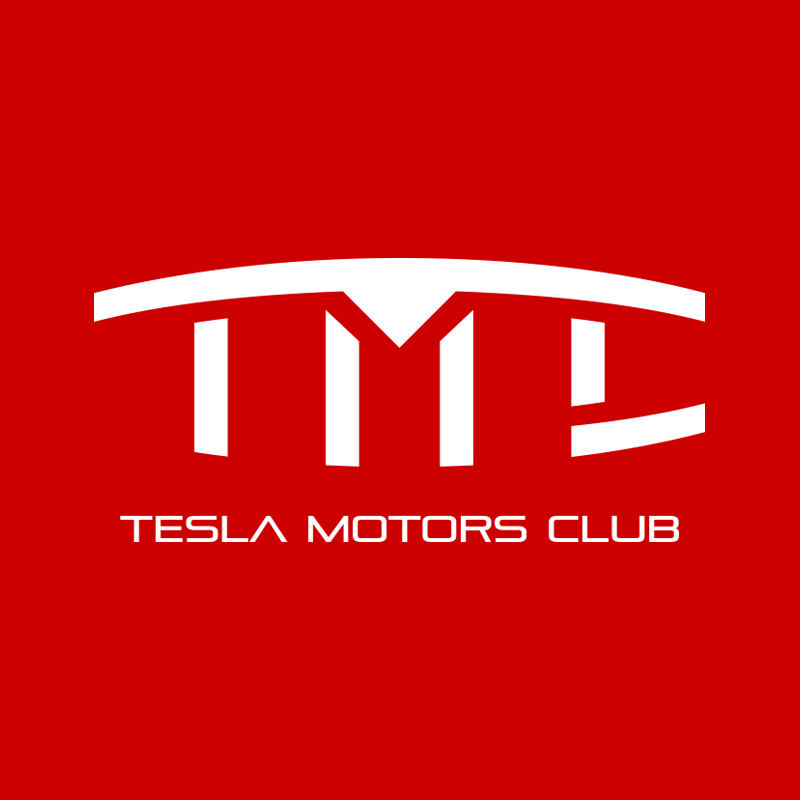mark95476
Active Member
This is excellent! Unfortunately, it's something a vast major of new owners are going to encounter and it's very frustrating for everyone.
I know this is the model Y section, but this exact (and I mean exact) same complaint, discussion etc has been going on since model S times. For example, if you look at the new forum software "similar threads" below, you will see threads with pretty much the same complaint.
There is a 90+ page thread in the model 3 section we have to move all similar complaints to, because new owners dont normally understand that miles dont roll off 1:1:

Range Loss Over Time, What Can Be Expected, Efficiency, How to Maintain Battery Health
I would focus more on energy that you are able to extract rather than distance. At this point, it is very likely reduced from what one would expect from an MR when new. I did calculate the number recently using the energy app. With 83% of battery shown in the battery status, the energy...teslamotorsclub.com


